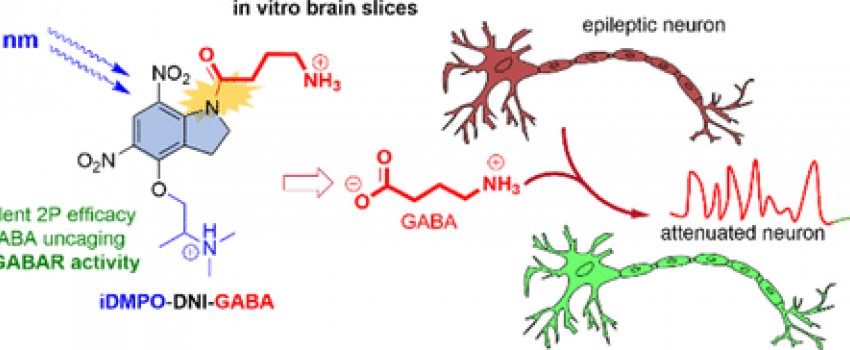On the redox reactions between allyl radicals and NOx
Abstract
NO x mitigation is a central focus of combustion technologies with increasingly stringent emission reg-
ulations. NO x can also enhance the autoignition of hydrocarbon fuels and can promote soot oxidation.
The reaction between allyl radical (C 3 H 5 ) and NO x plays an important role in the oxidation kinetics of
propene. In this work, we measured the absolute rate coefficients for the redox reaction between C 3 H 5 and
NO x over the temperature range of 1000–1252 K and pressure range of 1.5–5.0 bar using a shock tube
and UV laser absorption technique. We produced C 3 H 5 by shock heating of C 3 H 5 I behind reflected shock
waves. Using a Ti:Sapphire laser system with frequency quadrupling, we monitored the kinetics of C 3 H 5
at 220 nm. Unlike low-temperature chemistry, the two target reactions, C 3 H 5 + NO → products (R1) and
C 3 H 5 + NO 2 → products (R2), exhibited a strong positive temperature dependence for this radical-radical
type reaction. However, these reactions did not show any pressure dependence over the pressure range of
1.5–5.0 bar, indicating that the measured rate coefficients are close to the high-pressure limit. The measured
values of the rate coefficients resulted in the following Arrhenius expressions (in unit of cm 3 /molecule/s):
k 1 ( C 3 H 5 + NO ) = 1 . 49 × 10 −10 exp ( −6083 . 6 K
T )( 1017 − 1252 K )
k 2 ( C 3 H 5 + N O 2 ) = 1 . 71 × 10 −10 exp ( −3675 . 7 K
T ) ( 1062 − 1250 K )
To our knowledge, these are the first high-temperature measurements of allyl + NO x reactions. The re-
ported data will be highly useful in understanding the interaction of NO x with resonantly stabilized radicals
as well as the mutual sensitization effect of NO x on hydrocarbon fuels.
